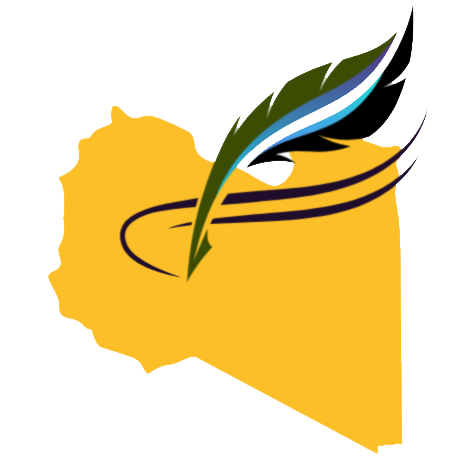حصاد الضباب مصدراً مستداماً للمياه بمنطقة الجبل الغربي
دراسة حالة: مدينة الزنتان
Abstract
المستخلص:
ان تعاقب مواسم الجفاف وخاصتاً في السنوات الاخيرة وندرة مصادر المياه التقليدية اضطرنا الى البحث عن مصادر بديلة وغير تقليدية ومستدامة للمياه فنحن في وقت نحتاج فيه لكل قطرة ماء، ومن مبدأ استغلال الموارد الطبيعية المتاحة الاستغلال الامثل وبدون إلحاق الضرر بالبيئة الامر الذي يعد من اهم اهداف التنمية المستدامة، فأن عملية جمع المياه من الضباب او ما يعرف (بحصاد الضباب) تقنية بسيطة ومستدامة للحصول على المياه العذبة وكمصدر لمياه الشرب وللاستهلاك البشري والحيواني في المناطق التي تكون فيها المياه العذبة قليلة وبما ان الضباب يحدث بشكل متكرر خاصتاً في فصل الشتاء بالمناطق الجبلية وخاصتاً القريبة من السواحل كمنطقة الجبل الغربي، الامر الذي شجعنا على اجراء دراسة بمدينة الزنتان عن طريق اجراء اختبار بتركيب وحدة من تقنية حصاد الضباب القياسيstandard fog collector(SFC) The وهي عبارة عن شبكة مصنوعة من مادة البولي بروبلين مقاسها 1م2 والمثبتة بقاعدة على ارتفاع 2 م فوق سطح الأرض مثبتة عمودياً مقابل مسار الرياح المحملة بالضباب، مع استمرار عملية تكاثف المياه على سطح الشبكة تتجمع قطرات المياه مع بعضها البعض لتشكل قطرات أكبر حجماً مما يؤدي إلى سقوطها في حوض التجميع الموجود بأسفل الشبكة بفعل الجاذبية ،كانت المدة الزمنية للاختبار 24 شهراً من يناير2021 الى ديسمبر 2022، لهدف الحصول على نتائج وبيانات شاملة ودقيقة تشمل جميع فصول السنة ولنتعرف على مدى التذبذب في النتائج بين كل سنة واخرى بناءً على المواسم المناخية الرطبة والجافة لنتحصل على معدل تقريبي لعملية حصاد الضباب، فقد كانت كميات المياه المجمعة من حصاد الضباب خلال المدة الزمنية للاختبار في عامي (2021- 2022) هي على التوالي: 420.5 لتر/ م2 / سنة، 361 لتر/ م2 / سنة، وبمعدل سنوي لا يتعدى 1.1 لتر/ م2 / يوم / سنة.
Abstract:
The succession of dry seasons، especially in recent years، and the scarcity of traditional water sources، forced us to search for alternative، non-conventional، and sustainable sources of water، we are at a time when we need every drop of water، and from the principle of exploiting the available natural resources optimally and without harming the environment، which is one of the most important goals of sustainable development، is the process of collecting water from fog or what is known as (fog harvesting) is a simple and sustainable technique، to obtain fresh water as a source of drinking water and for human and animal consumption in areas where there is little fresh water، and since fog occurs frequently، especially in the winter. In mountainous areas، especially near the coasts، such as the western mountain region، which encouraged us to conduct a study in the city of Zintan، by conducting a test by installing a unit of the standard fog collector (SFC). It is a network made of polypropylene measuring 1m2 and installed on a base 2m above the ground and installed vertically against the path of the fog-laden winds، with the continuation of the process of water condensation on the surface of the network، water droplets gather with each other to form larger droplets، which leads to their fall into the collection basin located under the network due to gravity. The period for the test was 24 months from January 2021 to December 2022، to obtain comprehensive and accurate results، the data includes all seasons of the year، as well as learning about the extent of fluctuation in results between each year and another based on the wet and dry climatic seasons to obtain an approximate rate of the fog harvesting process. The quantities of water collected from fog harvesting during the test period in the years 2021 and 2022 respectively are 420.5 l/m2/year and 361 l/m2/year، with a annual average not exceeding 1.1 l/m2/day/year.
Downloads









